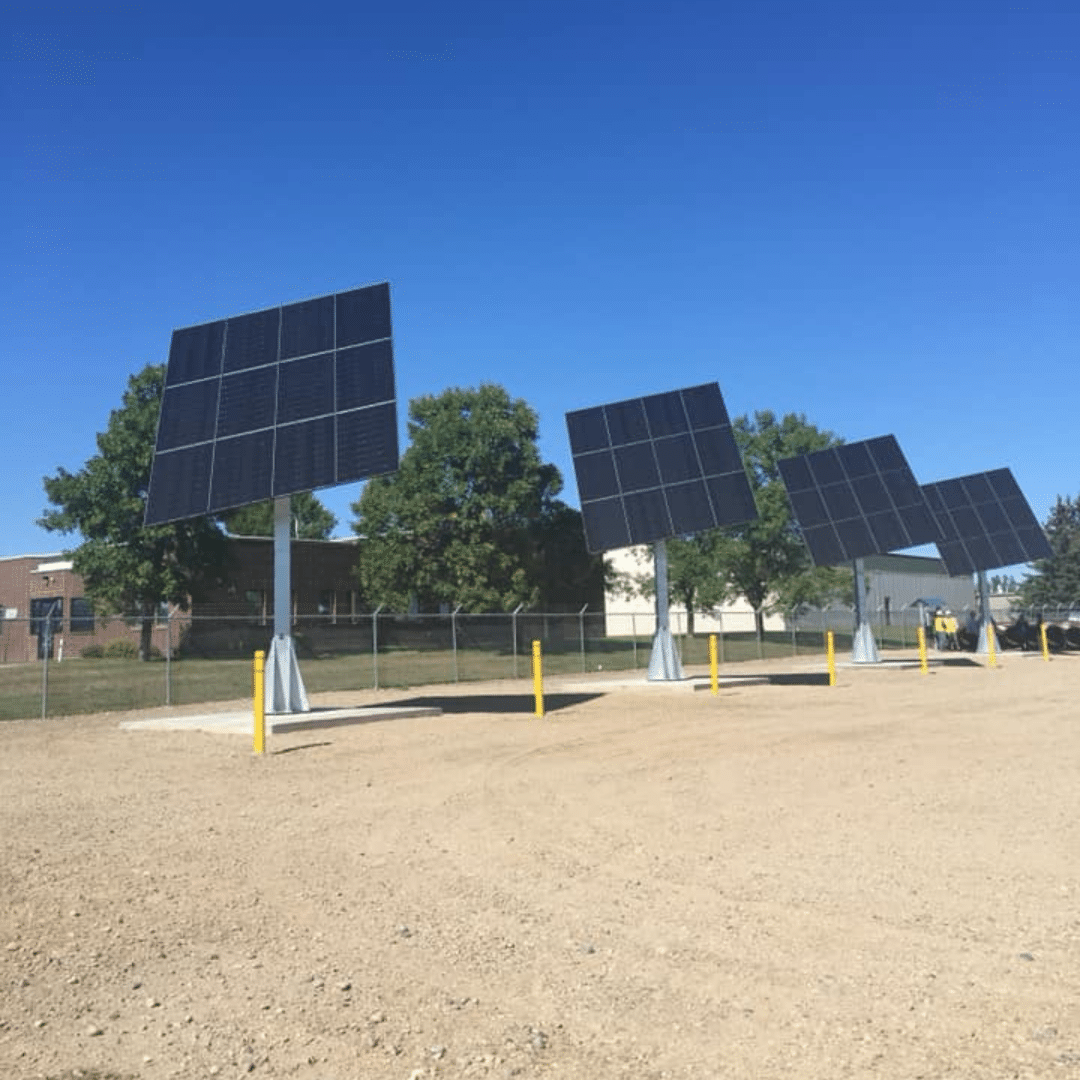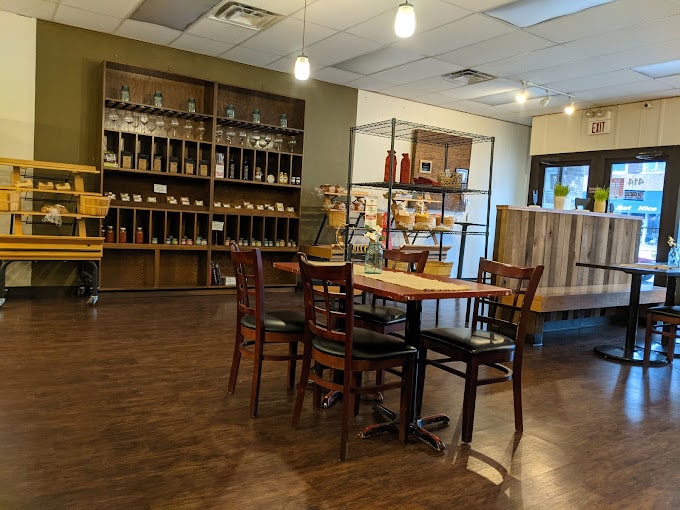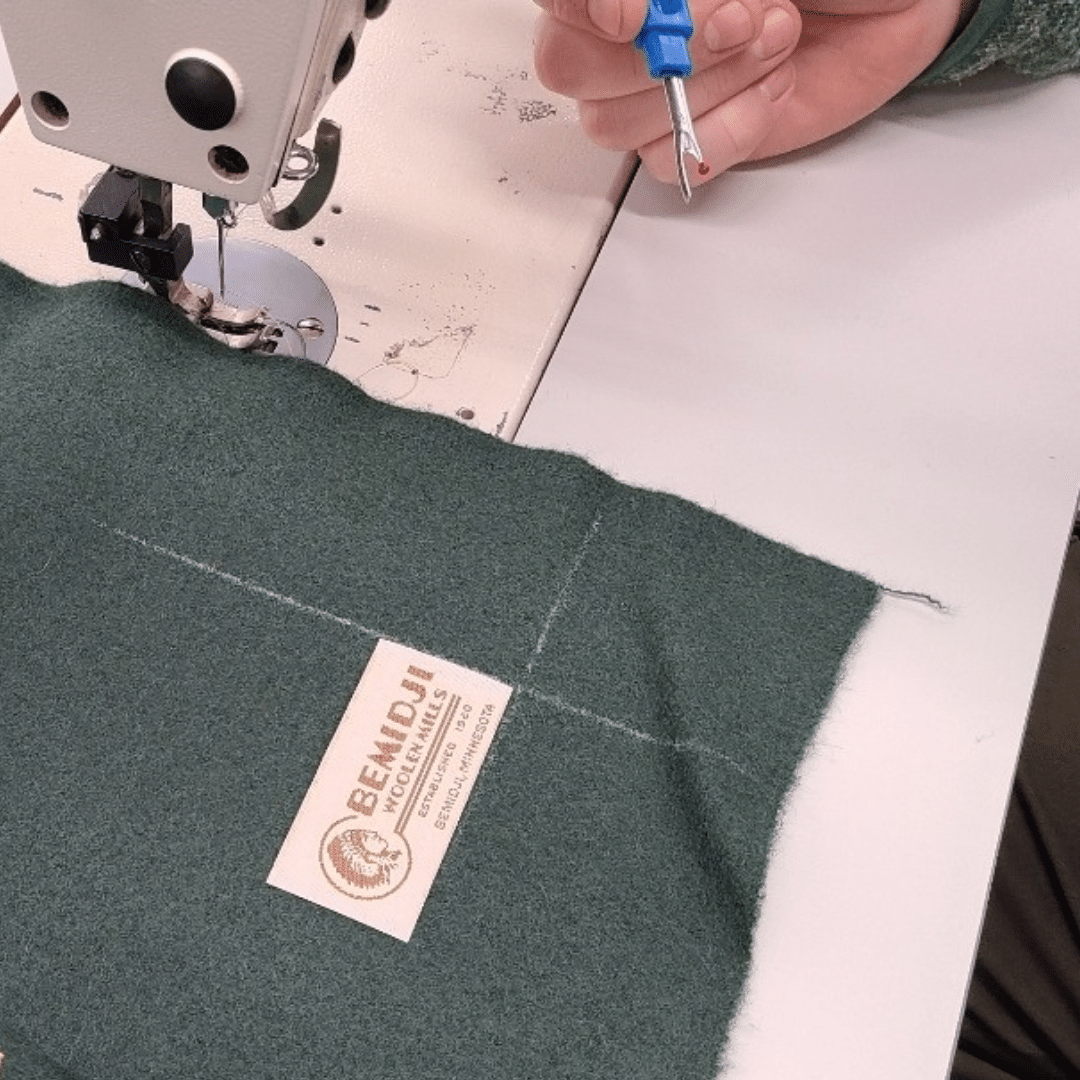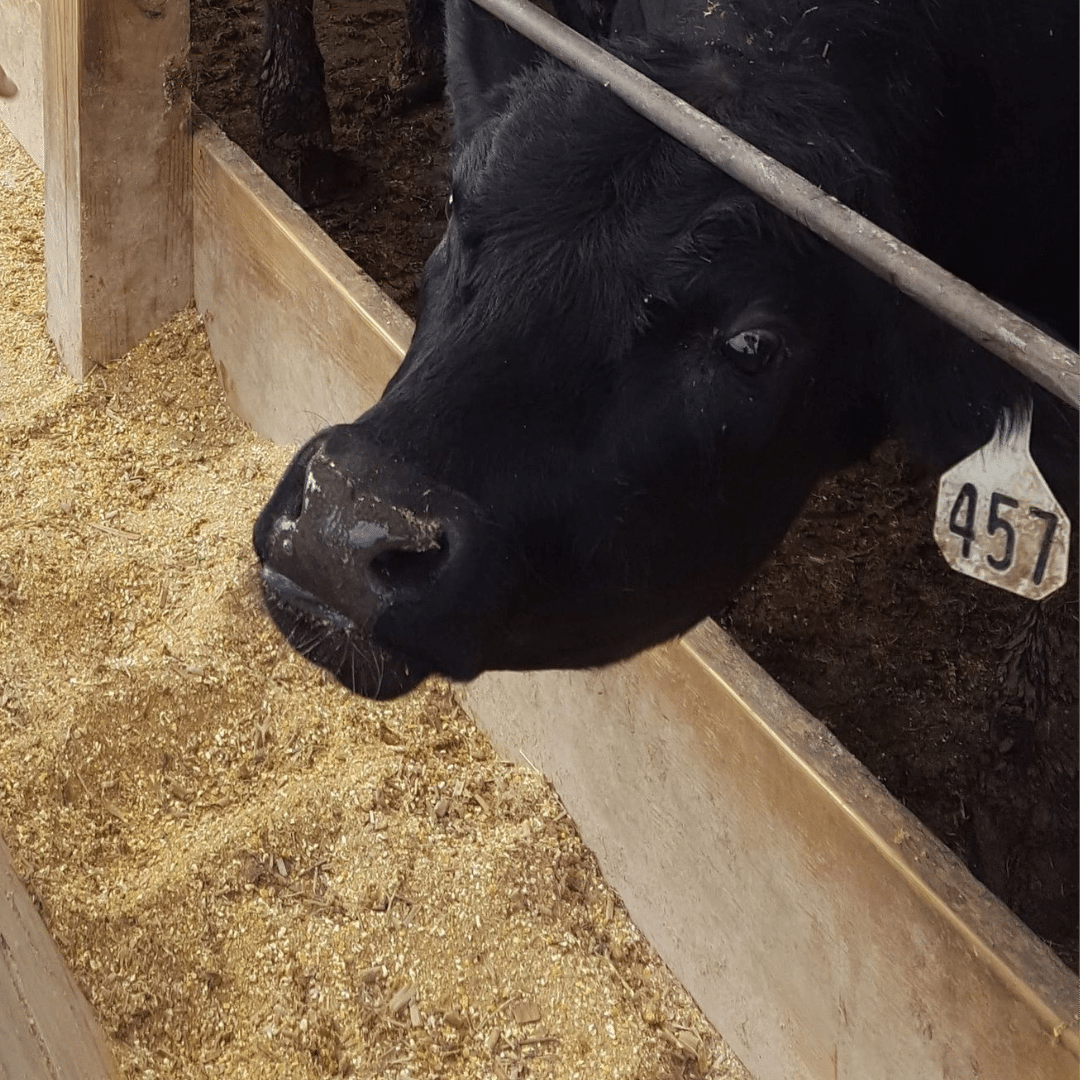Join us for an exciting exploration of agricultural “Fs” found in northern Minnesota. We’ll start the day at Wells Technology and be immersed in their Fabrication and manufacturing processes that have ties to John Deere as well as many other important businesses and industries. Next, we’ll investigate Fiber and the process of using wool to create garments, blankets and more at Bemidji Woolen Mills. This teacher tour will also take you to the Gustafson beef and crop Farm to dig into food production and conservation. A delicious farm-to-table lunch, and time to build connections with fellow educators while filling your tool box with standards-based, ag-themed resources will be part of the FUN!
Farm, Fiber and Fabrication Tour Stops

Wells Technology
The first tour stop will bring educators to Wells Technology. Since its beginning in 1985, Wells Technology has helped the original equipment manufacturer industry in a team effort to solve design, production and distribution problems. Andy Wells, owner of Well Technology, will provide educators with background in their ties to John Deere and other important businesses and industries.

Table for 7
Educators will have the chance to enjoy a delicious farm-to-table lunch from the one and only Table for 7. If you haven’t had the pleasure of enjoying an experience like this, now is the time to.

Bemidji Woolen Mills
Bemidji Woolen Mills was the third tour stop with over 100 years of rich history that was shared with educators. Bill shared with the group more about fiber processing when creating garments, blankets and more.

Gustafson Farms
The final stop on this teacher tour was Gustafson Farms. On this tour, educators learned about beef and crops to dig into food production and conversation.
Curriculum Connections
To start the Farm, Fiber and Fabrication Tour, educators will be provided with the chance to go through the curriculum connections to the tour locations that could easily be brought back to the classroom. Our Minnesota Agriculture in the Classroom Program has lots of free standards-based, ag-themed resources for educators. If searching for something that was not connected to this teacher tour, check out the Curriculum Matrix, our searchable database of lessons and companion resources.
John Deere, That's Who! - Grades K-2
Students explore how producers and consumers work together to meet human needs by using the book John Deere, That’s Who!
Baa, Ram, Ewe... Sheep Tales - Grades K-2
Students explore the process of making wool into cloth.
Bartering Through the Seasons - Grades 3-5
Students investigate the seasons, explore the process of wool production, and discover how trade and barter have historically allowed people to satisfy their needs and wants.
Machines and People - Grades 3-5
Students define the word "machine," explain how machines are used in agriculture to produce food and fiber, and compare and contrast a variety of machines.
Clothes on the Grow - Grades 6-8
Students will gain a broad understanding of the types and sources of different fibers, examining their origins and observing their differences. Activities in this lesson include examining clothing and clothing labels and observing how different types of fabrics burn.
Robots Wanted! - Grades 6-8
Through project-based learning, students examine fruit and vegetable farms to discover the amount of manual labor required to plant, grow, and harvest some of our food. They research the business economics of farm management, the plant life cycle, and the requirements and challenges faced in reducing manual labor through mechanization or robotics. Students present their findings to an agricultural engineer to begin developing a solution to farm labor shortages.
Beef: Making the Grade - Grades 9-12
Students will evaluate the USDA grading system for whole cuts of beef and discuss consumer preferences and nutritional differences between grain-finished and grass-finished beef. Students will also distinguish various labels on beef products and discuss reasons for the government’s involvement in agricultural production, processing and distribution of food.
